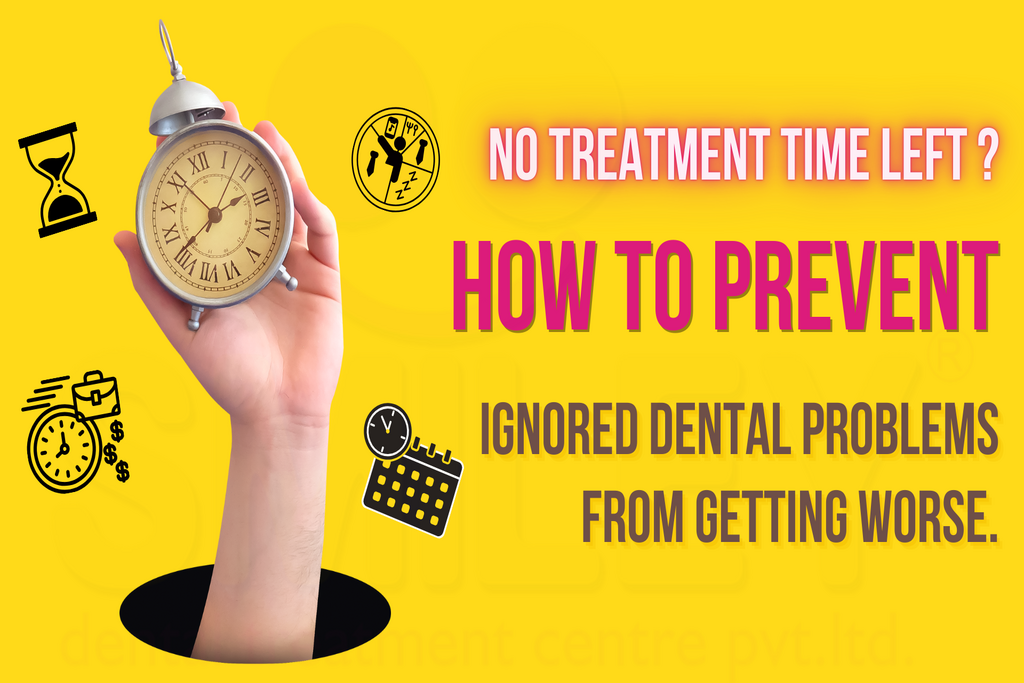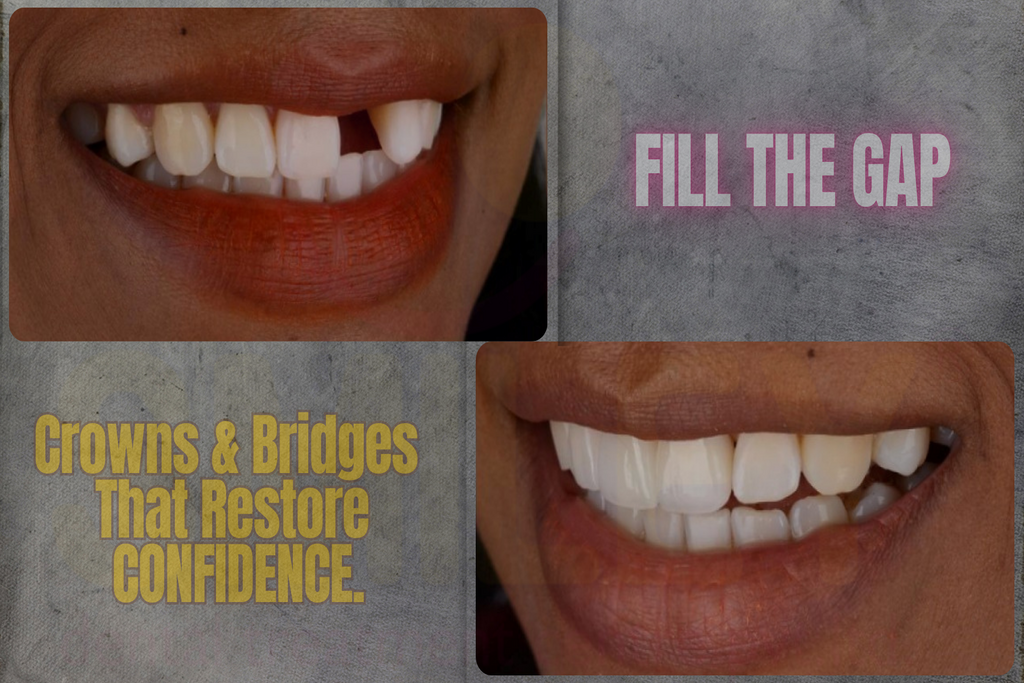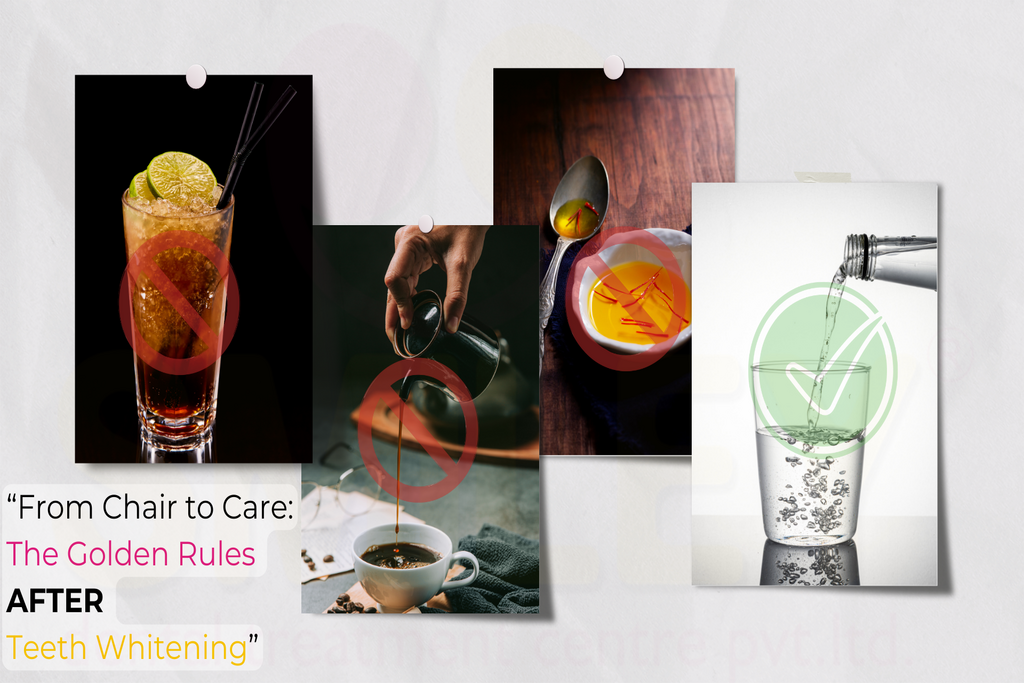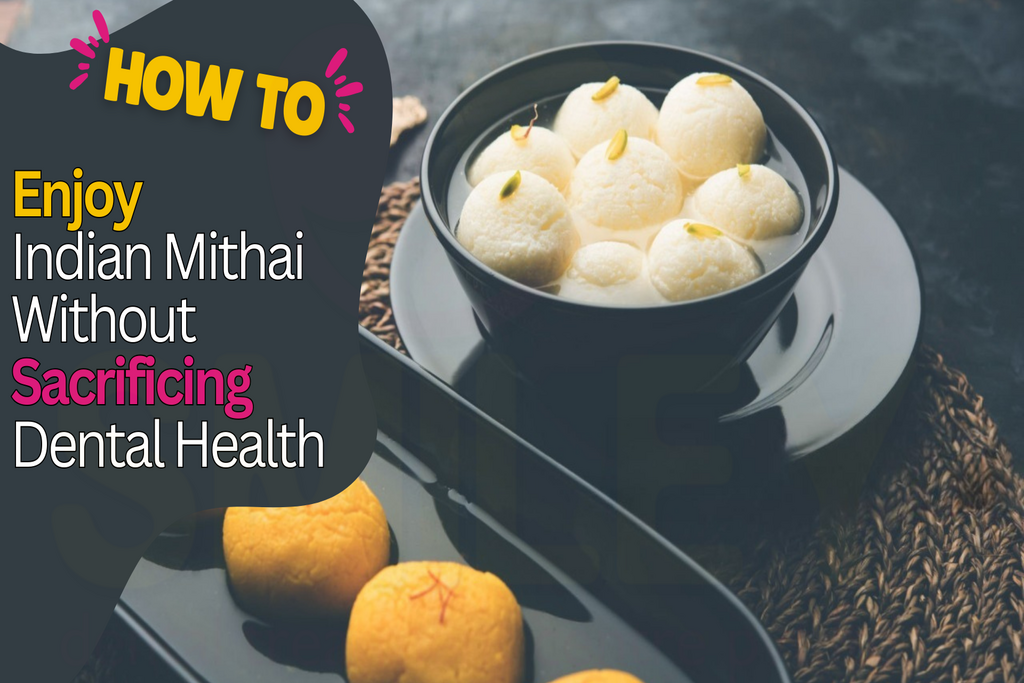The Problem
It’s the middle of the festive season — lights are glowing, sweets are flowing, and family gatherings are in full swing. But right when you’re enjoying that crunchy samosa or sticky rasgulla, a sharp, throbbing pain shoots up from the back of your jaw. Welcome to the infamous “wisdom tooth festival curse.” Many in India dismiss it as “just a small gum swelling” or “something that will pass,” but often this is a dental emergency in disguise.
Reason To Be Agitated:
Wisdom teeth, or third molars, usually erupt between the ages of 17–25. In India, this age often coincides with heavy carbohydrate- and sugar-rich diets during festivals, lack of oral hygiene during hectic schedules, and increased snacking on sticky, chewy foods. Combine that with existing gum inflammation or partially erupted teeth, and you have the perfect recipe for Pericoronitis — a painful infection of the gum around the wisdom tooth.
Many patients try home remedies found on the internet — salt water rinses, clove oil, even turmeric paste. While some of these can temporarily soothe, they rarely address the root cause. Worse, misinformation online encourages people to delay visiting a dental clinic, leading to complications such as jaw swelling, pus formation, or difficulty opening the mouth (trismus).
Dentist Assited Solution:
Your dentist is the only qualified professional to correctly diagnose whether the pain is due to erupting wisdom teeth, infection, cavities, or even referred jaw pain. Clinical examination and an X-ray can reveal if the tooth is impacted, partially erupted, or growing at an angle.
Why Festivals Trigger It:
- Dietary Shift – Sticky sweets like gulab jamun or kaju katli get lodged under the gum flap covering the erupting tooth.
- Neglected Oral Hygiene – Busy schedules during celebrations often mean irregular brushing, leading to plaque accumulation.
- Pre-existing Inflammation – A partially erupted tooth has a gum flap (operculum) where bacteria thrive.
- Weakened Immunity – Late nights, stress, and overeating can reduce your body’s ability to fight infection.
Treatment Options:
- Professional Cleaning around the wisdom tooth to remove trapped food and bacteria.
- Antibiotics & Pain Relief in cases of acute infection (prescribed only after dental evaluation).
- Extraction if the tooth is severely decayed, impacted, or repeatedly infected.
- Surgical Removal if the position threatens the adjacent molar or causes cyst formation.
Lifestyle & Prevention Tips:
- Maintain twice-daily brushing even during festivities.
- Use interdental brushes or water flossers to clean around wisdom teeth.
- Avoid blindly following social media “quick fixes” — most ignore the underlying cause.
- Schedule a pre-festival dental check-up if you’ve had past wisdom tooth trouble.
In India, where family and cultural events are frequent, preventing dental emergencies is a lifestyle choice. A timely visit to a trusted dental clinic can save you from spending your Diwali or Durga Puja in pain rather than joy.
Edited by Dr Sourav Ghosh (MDS); Gold Medalist
Conservative Dentist, Endodontist & Cosmetic Dentist
Clinical Head at Smiley Dental Treatment Centre Pvt Ltd
Dr. Sourav Ghosh is a veteran Endodontist and Conservative Dentist with 21+ years of clinical experience, known for pioneering Single-Visit Root Canal Treatments in Kolkata. His precision-driven, pain-minimizing techniques have transformed how modern endodontics is delivered. As the Clinical Head at Smiley Dental Treatment Centre Pvt Ltd, he leads a team of MDS specialists offering fast, effective, and specialist-led care.
Reference
- Blondeau F, Daniel NG. Extraction of impacted mandibular third molars: postoperative complications and their risk factors. J Can Dent Assoc. 2007;73(4):325.
- Falci SG, et al. Association between the presence of partially erupted mandibular third molars and pericoronitis: A systematic review and meta-analysis. J Dent. 2012;40(9):749-755.
- Osunde OD, et al. Management of inflammatory complications in impacted mandibular third molar surgery: A review of the literature. Afr Health Sci. 2011;11(3):530-537.
- Akadiri OA, et al. Prevalence and pattern of impacted mandibular third molar among adults in a Nigerian sub-population. Afr J Med Med Sci. 2008;37(1):43-48.

















